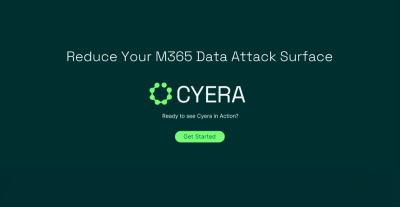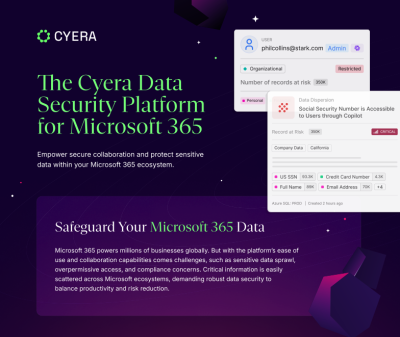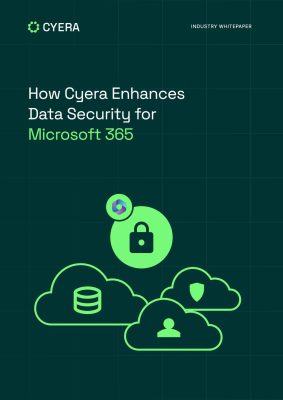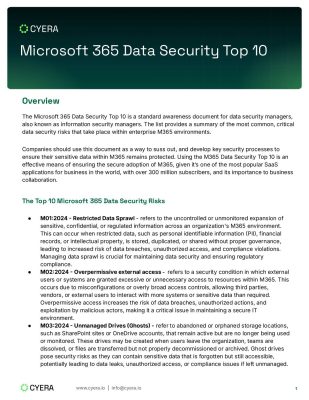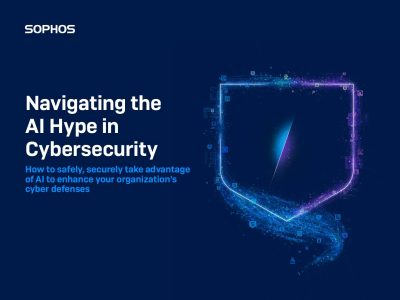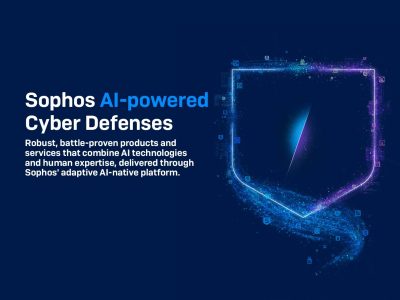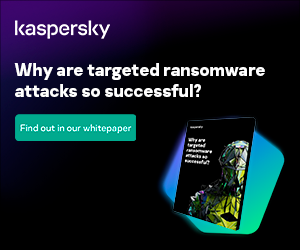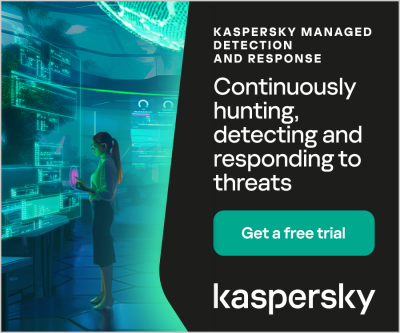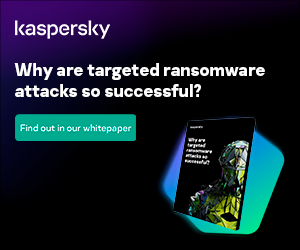Highlights:
- Cloud data encryption ensures that even if stored data is lost, stolen, or accidentally shared, it remains useless without the encryption key, which is only accessible to authorized users.
- Tech businesses often sense the dire necessity of encrypting cloud platforms and services when their cloud utility exceeds the regular limits and expands access to more business personnel.
As cloud adoption increases, more sensitive corporate and customer data is stored in cloud environments. While cloud storage offers benefits like cost savings, scalability, and availability, it also presents risks, with data breaches often occurring due to security misconfigurations and inadequate access control.
Safeguarding your private business data and securing it against unauthorized access are essential. Failing to do so can lead to severe issues for any organization using applications and managed cloud services.
Given the numerous cybersecurity threats, having confidence in the security of your cloud data enables you to concentrate on other aspects of your business. This is where cloud encryption comes into the picture. By encrypting data in the cloud, organizations ensure that even if attackers steal the data, they cannot read it without the encryption key.
How Cloud Encryption Works?
Cloud encryption platforms secure data during transmission to and from cloud applications, storage, and authorized users, as well as when it’s stored on cloud devices. This ensures that unauthorized users cannot access data in transit or saved in the cloud.
Storage providers like AWS, Dropbox, Google Cloud, and Microsoft Azure offer data-at-rest encryption, automatically managing key exchanges and encryption processes. Users simply need proper authorization and most advanced authentication to access the data.
Cloud storage encryption safeguards data in two primary states:
-
Encrypting data in transit
A large amount of data in transit is automatically encrypted via the HTTPS protocol, which adds SSL, an integrated and multilayered security, to the standard IP protocol. SSL encodes all session activity, allowing only authorized users to access its details. If unauthorized users intercept the data, it remains unreadable. Decryption occurs at the user level using a digital key.
-
Encrypting data at rest
Cloud data encryption ensures that even if stored data is lost, stolen, or accidentally shared, it remains useless without the encryption key, which is only accessible to authorized users. The software application handles data in transit and the encryption and decryption of data at rest.
Cloud encryption transforms data into an unreadable format to safeguard it from unauthorized access. It relies on two major process algorithms, symmetric encryption and asymmetric encryption which you will discover deeper in the below section of the information.
Types of Cloud Encryption Algorithms
Organizations frequently combine both encryption methods to create a solid cloud security compliance and strategy.
-
Symmetric encryption
A single key encrypts plaintext and decrypts ciphertext, making this method fast and straightforward. Symmetric encryption models, like the Advanced Encryption Standard (AES), are also highly secure and hard to crack. However, if the encryption key is jeopardized, hackers can use it to access and compromise sensitive data.
-
Asymmetric encryption
The second method, asymmetric cloud encryption, involves encoding data with a public key and decoding it with a separate private key. This adds extra security, as private keys are less vulnerable to interception and don’t need to be transmitted. However, this process is slower and more complex than symmetric encryption. Prime examples include Digital Signature Standard and elliptic curve cryptography.
Understanding which cloud platforms necessitate encryption is crucial for businesses seeking to protect sensitive data and ensure compliance with security regulations and standards.
Which Cloud Platforms are Encrypted?
While every reputable cloud service provider (CSP) offers basic security measures like encryption, cloud users should take additional steps to ensure data protection.
Cloud security adheres to the “shared responsibility model,” where the provider tackles security hazards associated with the cloud infrastructure. At the same time, users—both individuals and businesses—are responsible for securing their data and assets within the cloud.
Organizations using or migrating to the cloud must develop and implement a robust data security strategy tailored to protect cloud-based resources. Encryption is a key element of any effective cybersecurity plan. Other elements include multi factor authentication (MFA), advanced monitoring, micro-segmentation, detection, and reaction features.
Tech businesses often sense the dire necessity of encrypting cloud platforms and services when their cloud utility exceeds the regular limits and expands access to more business personnel.
When do Businesses Need Cloud Encryption Gateway?
The decision of what and when to encrypt depends on the data’s nature and security needs. Regulations like HIPAA and PCI DSS govern encryption requirements for healthcare and payment processing, while global standards like FIPS also apply.
Although compliance frameworks aim to reduce breaches, they still occur due to varying regulations, policies, and vulnerabilities across cloud service providers. To ensure strong security, it’s best to encrypt as much data as possible, regardless of specific requirements.
Encryption protects data confidentiality and ensures secure transmission. It safeguards information during transfer, verifying that it’s sent to the intended recipient and not intercepted by malicious attackers.
The successful deployment of cloud-based encryption necessitates adherence to best implementation practices, which are vital for fortifying sensitive data against emerging threats and ensuring compliance with stringent security protocols.
Cloud Encryption Best Implementation Practices
To implement cloud encryption effectively, it’s essential to follow the best practices that guarantee security, efficiency, and compliance:
- Identify your cloud deployment’s security needs by listing the data you’re migrating and its specific security requirements. Decide which data should be encrypted and at what stage—whether at rest, in transit, or based on its use.
- Review the cloud provider’s technology, policies, and processes to familiarize yourself with their encryption options and ensure they align with your data security requirements.
- Consider client-side encryption for mitigating the challenges of sensitive data, opting for on-premises encryption to ensure security even if the cloud provider is compromised.
- Prioritize secure encryption key management. Protect your keys and those provided by cloud providers, keeping backups separate from encrypted data. Experts recommend regularly refreshing keys and using multi-factor authentication for both keys and backups.
- Ensure encryption keys and confidential assets are managed securely. Even with a robust encryption algorithm, exposed keys can compromise data. Proper confidentiality management involves storing, rotating, and controlling access to encryption keys for preventing data breaches.
- Substantial access control and identity management systems ensure encrypted data is only accessible to authorized users. This practice prevents unauthorized access and keeps the data secure, even if intercepted.
Concluding Lines
Despite the challenges of cloud encryption, the associated standards, regulations, and privacy requirements make it a crucial cybersecurity measure for many organizations. Cloud providers now offer various platforms to accommodate different data center needs and budgets.
By assessing your cloud data protection needs, researching the encryption services offered by various cloud vendors, and planning for secure cloud adoption, your business can enjoy the advantages of cloud storage and computing without exposing your data to unnecessary risks.
Explore a curated selection of security-related whitepapers designed to enhance your understanding with detailed analysis and comprehensive insights.

